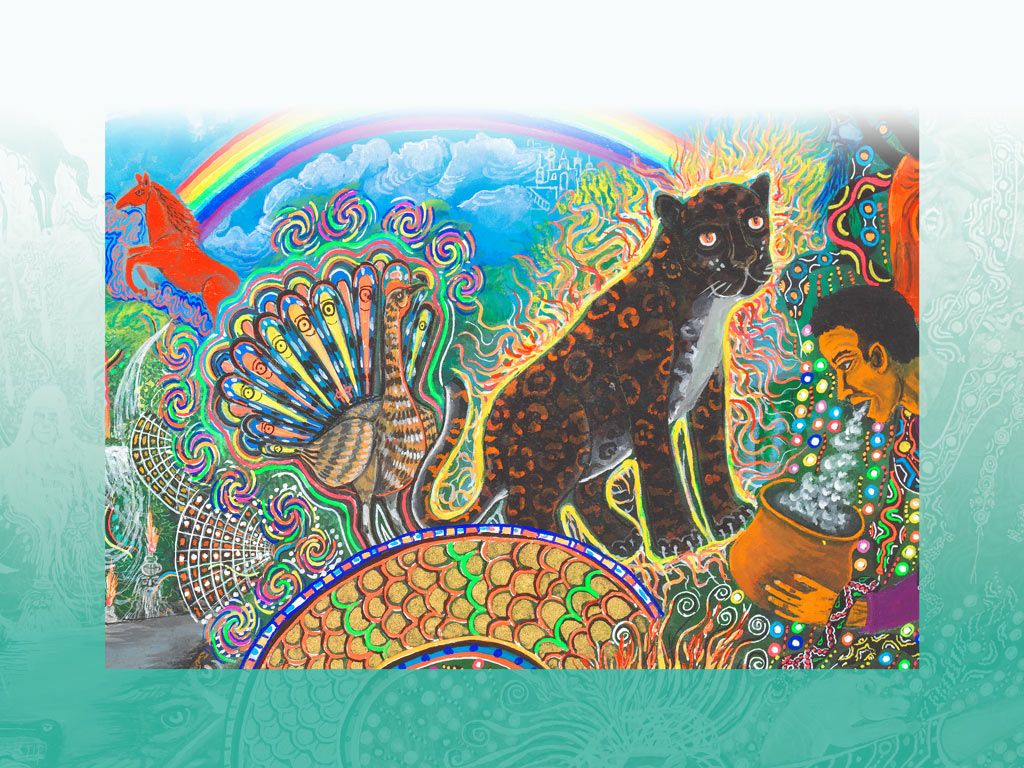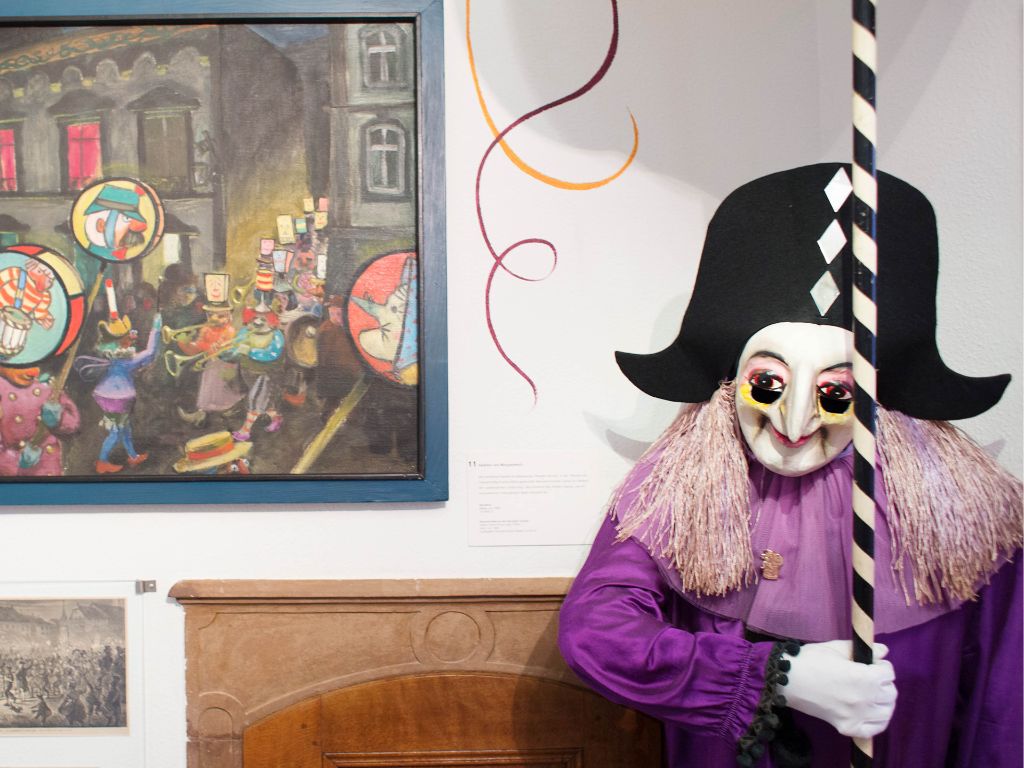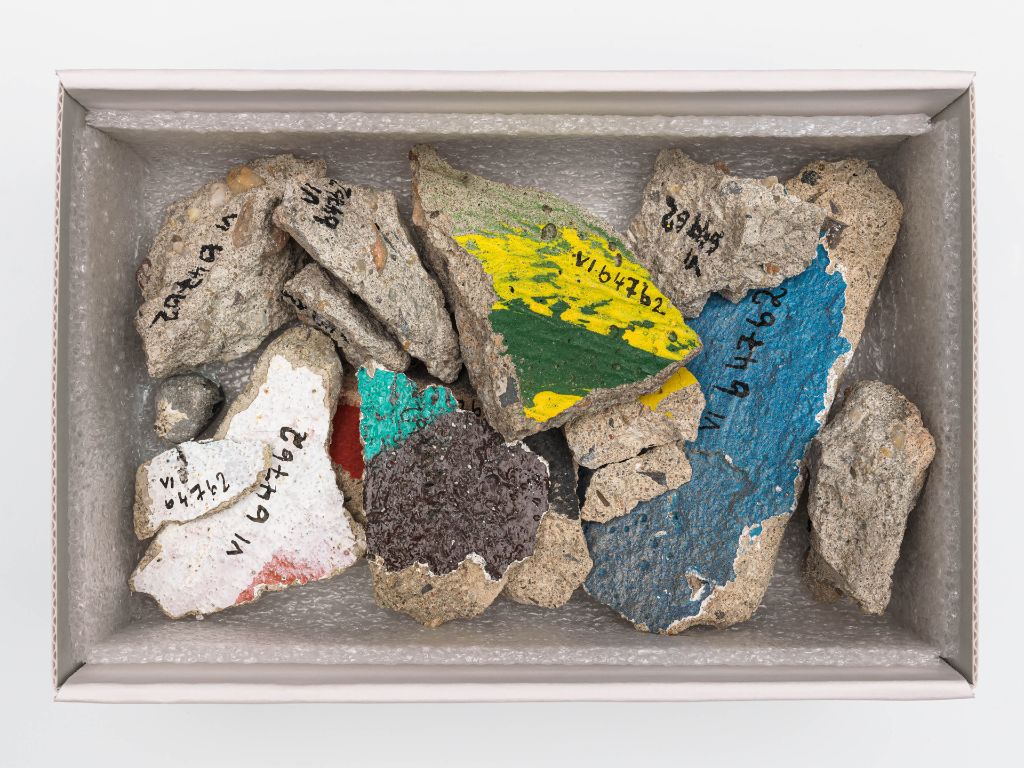With 165 works from the MKB collection, contemporary art and voices from different regions of the world, the exhibition questions a human-centered view of the world.
From this perspective, land, mountains, rivers and things are seen as resources that are exploited for a global, profit-oriented economic system. It is based on violence and dispossession, displacement and oppression. Colonizing and extractivist practices are endangering the habitability of the earth.
The planetary crisis challenges us to rethink and reshape our relationships with our co-world. What if other beings were alive and equal?
More than a tree
The carved tree in the first room is more than a tree for Kamilaroi communities in Australia. It is an ancestor and family member, embodies knowledge and has agency.
According to indigenous notions in the South American lowlands, the forest as a living being endowed with life force and a body that breathes. Drawings of hunting, gathering, fishing and planting from the Paraguayan Chaco show in a second room that there is no separation between nature and culture. Trees, animals and spiritual beings have the ability to feel and act and live in their own collectives.
Earth, mountains, rivers as legal persons
In a third room, altars with powerful images, sculptures and offerings make visitors aware that beings such as Mount Meru are manifestations of the divine. Pachamama, Mother Earth, was recognized by the national constitutions of Ecuador and Bolivia as the source of life. In 2017, the New Zealand government granted legal person status to the Whanganui River, ancestor and family member of the Maori.
Recent studies show that life consists of symbioses and interdependencies. Humans and other beings make and inhabit their worlds together.
Inspired by the diary drawings of Basel activist Bruno Manser, who campaigned together with the Penan people for the preservation of the rainforest in Borneo, the Institute for Textile Research in Basel has created a giant tree for the exhibition. It invites visitors to join in braiding and experience themselves as part of the webs of life.
The exhibition “Alive” comes with an accompanying publication in German and English, available at the museum shop or in bookstores.
ISBN 978-3-7757-5623-5 (German)
ISBN 978-3-7757-5624-2 (English)
.svg)




